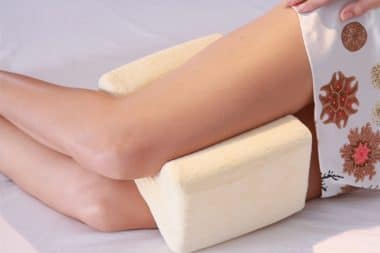Snowboarding is a fun sport to undertake but it has its risks that you need to be aware of. Nothing would suck more that returning from a snowboarding trip with a broken leg or sprained wrist. There are a number of broad safety measures you can follow to diminish your danger of a snowboarding injury that we will discuss.
Make sure you’re in shape to ski. Organize for your winter sports trip with a training program that improves core stability. Endurance and leg strength is predominantly vital to lend a hand in preventing injuries.
Wear suitable layers of clothing, that don’t confine your movement. You do not want to be all bulked up and unable to move freely. If you cannot move then you cannot snowboard properly and the entire thrill aspect is gone.
Just like any other sporting activity, warm up and cool down. Before you hit the slopes take some time warming up and stretching to help train your body for action.
The top injury that a majority of the snowboarders receive is a wrist injury. Falls are more frequent during snowboarding. The natural response to a fall is to stretch out a hand to break the fall, and falls tend to occur more often in beginners. For this reason Colles fractures Scaphoid and fractures of the wrist are a relatively common feature, with around 100,000 wrist fractures worldwide among snowboarders each year. Snowboarders should wear wrist guards as they significantly reduce the incidence of wrist injuries during falls.
Wear a helmet. Another common injury is head injuries which can lead to serious problems. Helmets are effective in reducing the incidence of minor concussions during low velocity collisions.
If you are hiring equipment make sure you hire from a recommended store. Ensure that all the equipment fits properly. This will help avoid serious injuries and unnecessary falls due to non fitting equipment.
Use ‘multi-mode’ release bindings if possible. The superior release available in modern bindings is just one factor that has helped prevent injuries. Rear release boots can significantly reduce the risk of ACL injury.
Self-test your bindings every day. Self testing of bindings is simple. Step into the binding and then twist to the side to release the toe-piece under the control mechanism. The heel can be tested by stepping into the binding and leaning forward, to release the heel-piece. Both the toe and heel should be able to release if properly adjusted.






Reply